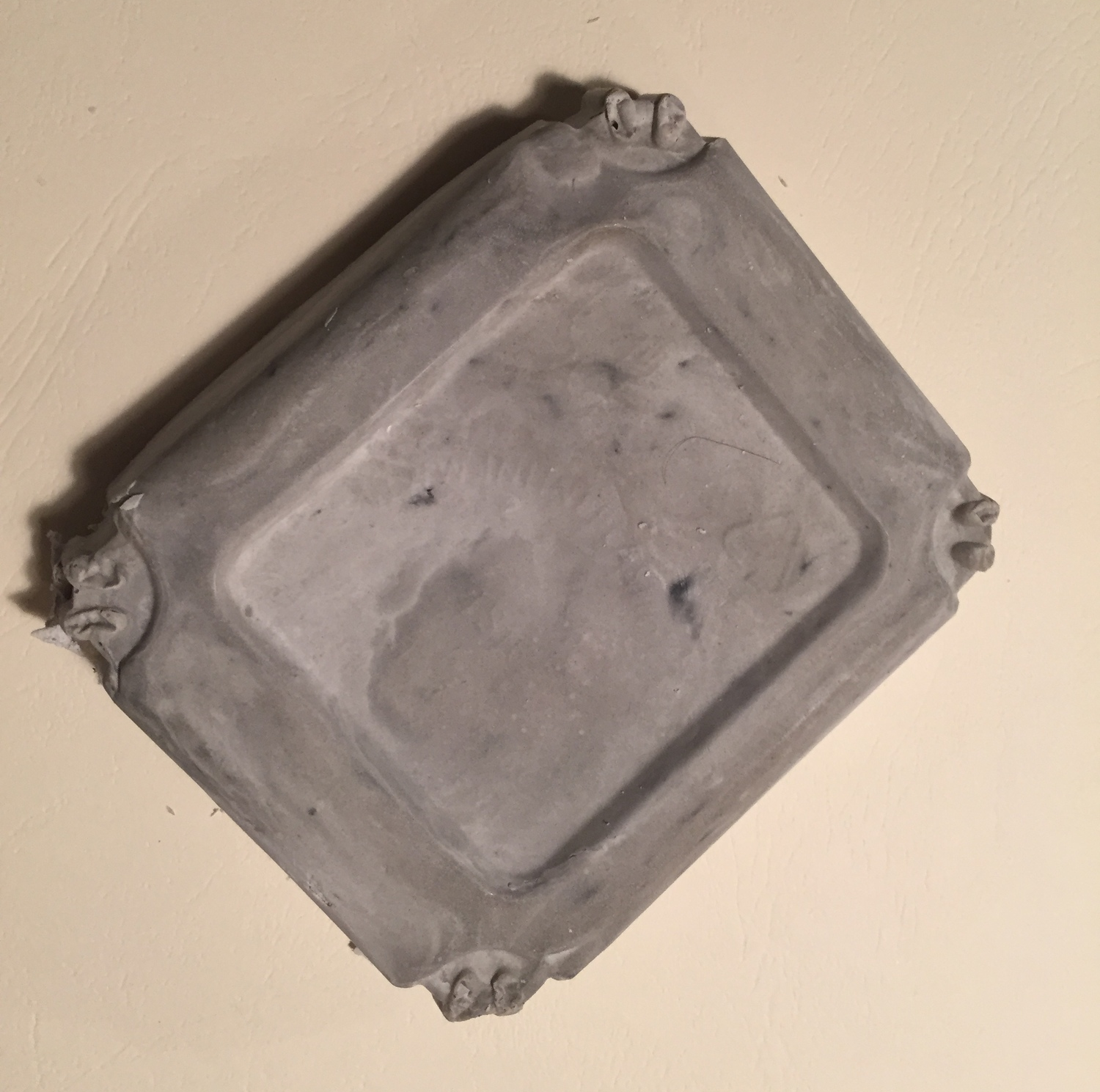Link to my final Paper.
This research deals with using mycelium as a medium for (1) degrading plastic and (2) growing alternative and sustainable materials—both of which address the rise in global plastic consumption and pollution. A series of prototypes were made using Ecovative’s Reactivating Dry Material to demonstrate the potential uses for these mycelium- grown products and to show how easily we can substitute such materials for those that are traditionally made from polyurethane and other harmful, toxic plastics. In addition, preliminary experiments were conducted to understand the potential for bioremediation using the fungus organism schizophyllum commune. Using both yeast malt and potato dextrose agar mediums, ten plastic samples were examined for 15 days. The yeast malt agar mediums yielded the best results. In less than a week the fungus samples on yeast malt plates grew to approximately twice the size of those on the potato dextrose plates. The 10 samples continue to be under observation and will be observed until degradation is complete and the plastic is gone. As of this writing, the coffee cup lid sample appears to already be undergoing degradation. Further research on timing using a broader selection of polyurethane samples will be completed over the next 12 months as part of the New Challenge Sustainable Design Award.




































